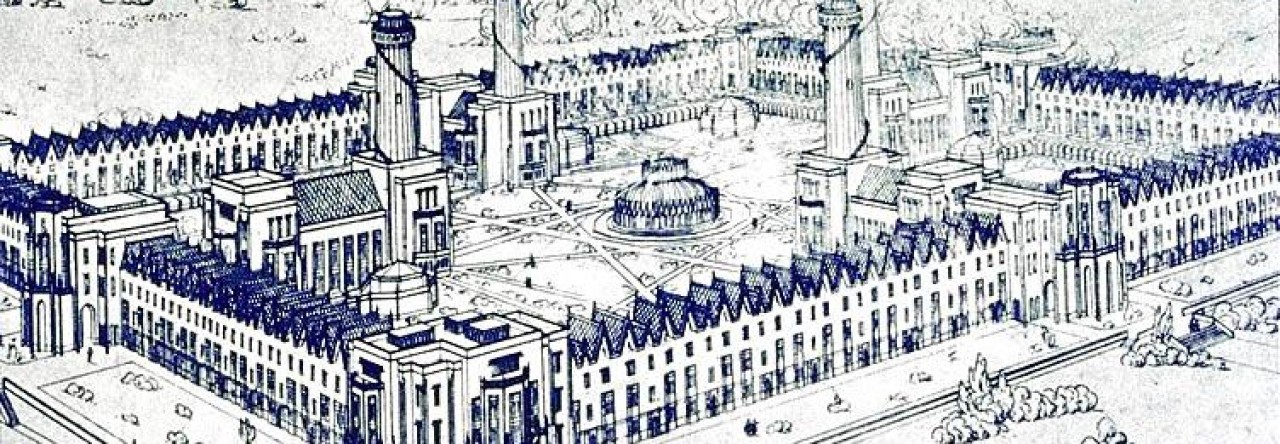I found that when reading the sources I have used in my research paper, there is a common pattern that stems from what I have learned about social utopia, past and present. For me, the most significant take away form this course has been that social utopias do not actually exist. So, when reading a source, I find that the general pattern is to, first, state the goals of, in my case, Robert Owen. With the background source, it states many of Owen’s goals, while the primary and secondary sources pinpoint a goal that is going to be the topic of the writing. The next part of the pattern is that the author then writes about how Owen attempted to fulfill his goal, whether it was to draw up a blueprint for a grand society with brick buildings, or to create a constitution that states all people are going to be equal. The final part of the pattern that I have observed in all of the sources I have read is how Owen’s goal failed. In the background source, since it was more broad, it discussed the general downfall of the community, like how industry failed and individuals of different classes were not able to live harmoniously. In Carol Kolmerten’s book, being a secondary source describing a particular goal of Owen’s that was not accomplished, she wrote about how equality was never recognized.
After obtaining a rich understanding of many different utopias, it became easier to pinpoint the actions of the thinker that contributed to the downfall of the community, or the actions that were going to lead to the downfall of the community in the long run. Having a background in the way utopias work, it was definitely easier to read a source, pick up the main ideas, and then make predictions of how successful the society will be.
